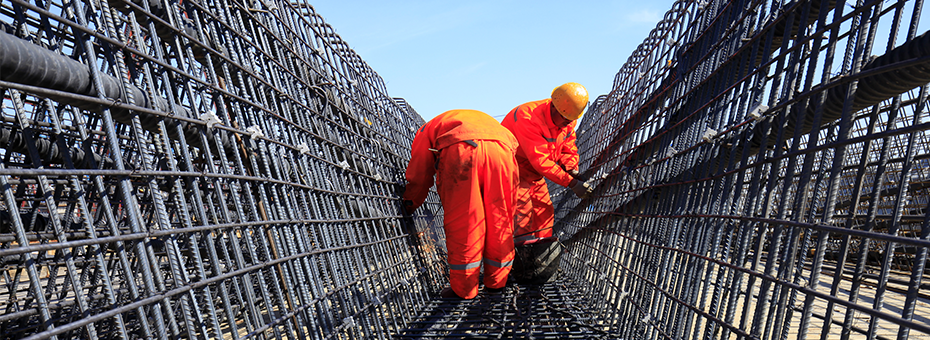Yesterday Josh Howell shared a letter exploring the nature of grit and perseverance, and its relationship to mindful lean practice. His insights sparked thoughts of my own about coaching others in lean, and the challenges of helping people see improvement work through the different frames of struggle, perseverance, and making hard work easier.
There is opportunity for misunderstanding these three key concepts in our audience so I suggested to Josh that a specific example or examples would help to differentiate the meaning. In lean thinking and practice, what is the meaning of these three words and how do they relate? Let me share a current specific problem I am working on at a gemba and explain how these concepts might relate.
We are currently working with a company to improve how they build a building that houses servers. We have clarified that the high-level problem to solve is to reduce the lead time of building the building.
The Work
There is a lot of work in building such a structure, including the steel frame, the drywall, a bit of plumbing, etc.; but the primary work, as you can imagine, is the electrical work. And within electrical work, there is work that repeats hundreds, even thousands of times on a site. That is the work of 1) connecting the wires that convey power to the second major work, which is 2) installing the conducting unit that conveys power to the servers.
Within this work, our goal is to reduce the time needed and to improve productivity to numbers 1) and 2) in support of the higher level goal of reducing the lead time to build the building.
The HARD Work
We’ve learned that the work can be brutal. In particular, installing the connectors and, worst of all, stripping the outer shell from the bundle of wires, is a terrible job. For the conducting unit, the coupling install, this can be very hard and causes many hand issues.
So our focus has been to make hard work easier for the frontline operator. For the stripping operation, we have actually reduced the time from 110 minutes to 4. This huge time reduction was achieved by moving the stripping operation, so that is done before the wires are inserted into the cabinet.
So when we talk about making hard work easier, this is what we mean.
Perseverance
While studying the work of the connectors and wire stripping, we realized that there were huge issues in how the company designs the cabinets that hold the wires. One of the reasons that the wire stripping takes so long is that the location where the wire needs to be stripped is way too high, nearly at the top of the cabinet. In other words, the cabinet is designed in a way that makes the stripping nearly impossible.
So this problem cannot be solved by the foreman on the job. Not even by the operational leaders on site, or even higher, in charge of the site. It requires work with engineering to redesign the cabinet.
This requires perseverance on the part of the operational leader to go to his management, go across the organization, and do whatever it takes to strive to make the frontline work better.
It is not easy. Engineering does what they do for a reason (or maybe just lack of understanding). So the operations leader has to change engineering mindset.
Doing so requires perseverance. It’s too easy just to say “well, engineering doesn’t get it so I can’t make a change”. This isn’t acceptable when the electrician is doing a job every day that is hard, even harmful and unsafe.
Struggle
We persevere by struggling to overcome the issues above. In this case it is now our responsibility to challenge the operations leader—to “invoke struggle” so he thinks about how to change how the company views frontline work. It is our job to ensure that the lead person struggles to change the culture. Of course, we must support him.
Ultimately, it is not really an outsider’s job to invoke this struggle: it should be the job of top management to set an expectation of how work should be done (without unecessary hard work), and push the team to achieve that vision. So we need to build that capability in top management. That, in fact, is our primary goal.
How? First of all, leaders must go to the work and see the work differently.
In the end, we can say that the work should all be designed better from the start. But we are in a world where many people don’t look closely at work. And this is true of many companies in many industries.
Many people hope for lean to be a quick solution that addresses all issues quickly and effectively with little effort.
Smart organizations are realizing more and more that a deliberate and unrelenting effort is needed to look at hard work differently, to struggle to make and sustain changes, and then persevere to sustain those changes.
Our summit in Carlsbad will delve into the trifecta of challenges: making hard work easier, invoking struggle and learning ways to overcome, and building perseverance to sustain improvement.
Building a Lean Operating and Management System
Gain the in-depth understanding of lean principles, thinking, and practices.






